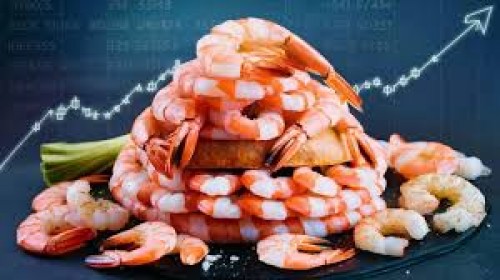Best Source for B2B Industry Trends, News and Updates

Latest Seafood Tariff Updates - Essential Insights for Global Importers
Asia’s Shrimp Exporters Reassess Strategy
Shrimp exporters in Asia are feeling the effects the most. India, which supplies the most shrimp to the U.S., now faces a 25% tariff that could rise to 50% on August 27 because of a new executive order. With other duties added in, India's total tariffs could reach about 58%. Industry leaders say these changes could make it hard to stay competitive on price and are forcing exporters to reconsider their focus on exports.
Brazil and India - Exporters Under Pressure
In Brazil, U.S. tariffs of 50% on most seafood exports have made it hard for businesses to stay profitable, according to industry sources. Many Brazilian companies are now asking for emergency loans and government help to prevent job losses. At the same time, India’s seafood export industry, worth ₹60,000 crore, is under pressure as importers may expect local exporters to cover the higher tariffs, which could lower prices for farmers and affect the whole supply chain.
Supply Chains Disrupted, Buyers Seek Diversification
With duty costs changing quickly, seafood companies are working hard to adjust. They are moving production, finding new suppliers, and reworking their supply chains. The U.N. report also says that higher and unpredictable tariffs will likely disrupt usual seafood trade routes, so suppliers and buyers are looking at new markets, buying more locally, or changing what they offer.
What Importers Can Do Now?
Importers should stay proactive. Keep a close eye on global seafood trade policies and tariff changes, talk with suppliers about sharing or absorbing costs, look for suppliers in different regions, and consider new markets to avoid depending too much on places with high tariffs.
If you want to find new trade opportunities or connect with seafood buyers around the world, check out resources like Tradewheel.com. Their Seafood Buyers Directory lists hundreds of interested buyers from different regions. It’s a helpful way to find reliable partners and grow your seafood business globally.
